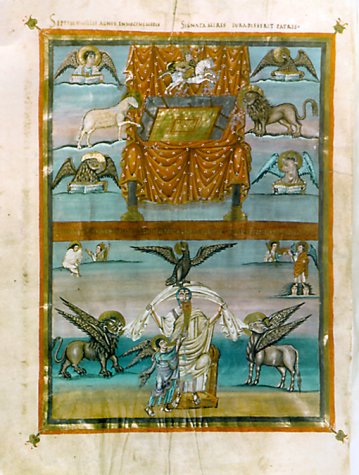If we cannot see God with our own eyes, for what purpose do we picture God in art? During the Middle Ages, the Second Commandment's warning against idolatry was largely set aside as the power of images became boldly and visibly evident. By the twelfth century, one Byzantine authority could even offer his own revision of the Commandment: "Thou shalt paint the likeness of Christ Himself." How and when, Herbert L. Kessler asks, was the Jewish prohibition of images in worship converted into a Christian imperative to picture God's invisibility once God had taken human form in the body of Jesus Christ? In Spiritual Seeing, Kessler explores ways in which the medieval debate about the functions and limits of images influenced the production of sacred art. Offering a new interpretation of Christian images as mediators between the human and the sacred, Kessler considers how the creators of images in Byzantium and the Latin West were able to situate art at the boundary between the physical and the spiritual worlds. He examines the ways in which images acquired such legitimacy that sacred art became a privileged metaphor for divine revelation.
Portraits of Christ, in particular, took on central importance. Throughout the book, Kessler also considers the lingering anxiety about the capacity of human sight to apprehend the divine in images. In so doing, he discloses the artful dodges devised to deal with the controversy of picturing God's invisibility in material form.
- ISBN10 0812235606
- ISBN13 9780812235609
- Publish Date 15 September 2000
- Publish Status Out of Print
- Out of Print 31 March 2021
- Publish Country US
- Imprint University of Pennsylvania Press
- Format Hardcover
- Pages 292
- Language English
